Guest Article By Alexandra Bonham.
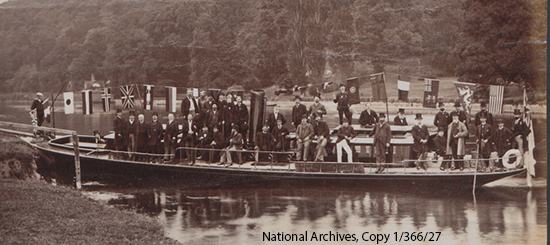
Today, we celebrate a series of historic photographs that were taken at the International Fisheries Exhibition in London on August 31, 1883.
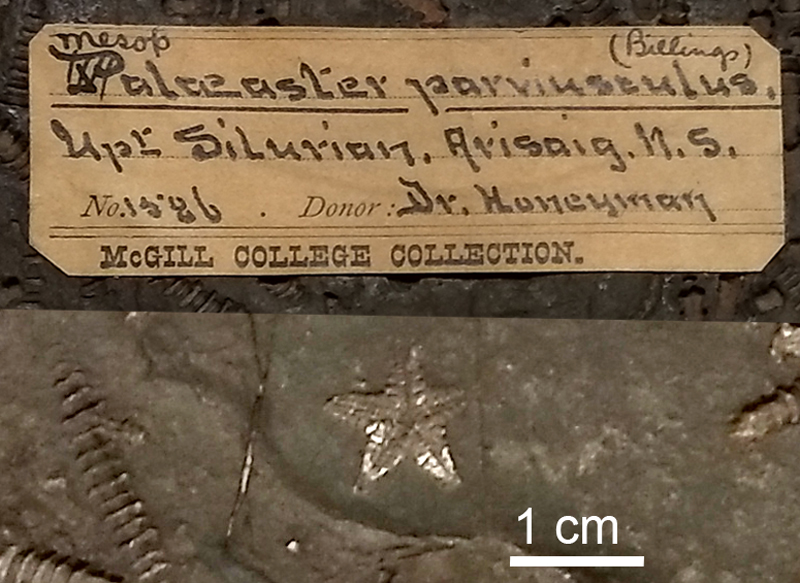
In April 1859, Rev. David Honeyman gave a public lecture on geology, describing the fossils and rocks at Arisaig, Nova Scotia. In his first published paper, David Honeyman reviewed the diversity of fossils he found along the scenic cliffs at Arisaig. Honeyman summarized the brachiopods, cephalopods, and crinoids, but the first fossil he mentioned was a tiny fossil starfish that he had sent to Dr. Dawson.
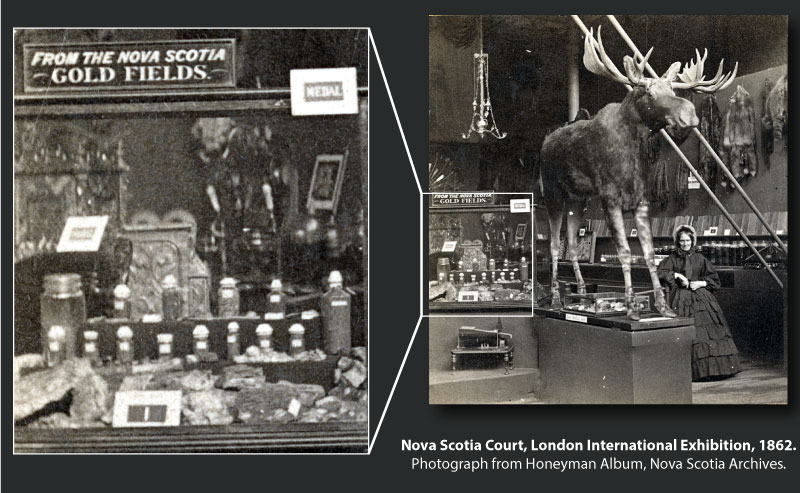
During the past year we have been exploring the impact of the Museum's first Curator, Dr. David Honeyman, and his work representing Nova Scotia at the 1862 International Exhibition in London. Today, as we celebrate the 200th birthday of John Ruskin (Born Feb. 8, 1819), it is exciting to have recently discovered a historical connection between Ruskin and the early geology collection of the Nova Scotia Museum.
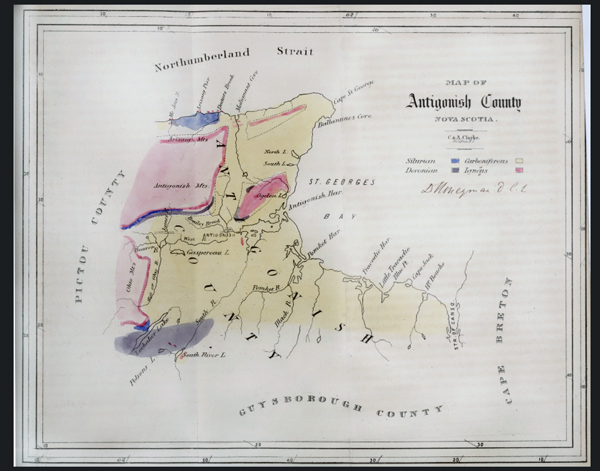
Map of Antigonish County, by David Honeyman, NSIS 1(4), 1867.
During the Museum's 150th anniversary, we are taking time to learn more about the Museum's history - including Dr. David Honeyman, the first Curator of the Nova Scotia Museum. As a paleontologist and geoscientist, I am particularly interested in Honeyman's work studying and promoting the geology of Nova Scotia. There are many stories to share (stay tuned), but it seems appropriate to start with his map.
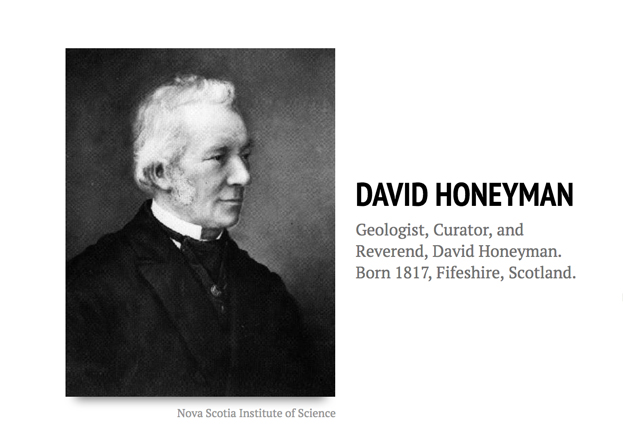
As we begin the journey of #FindingHoneyman, we start with a timeline of David Honeyman - the first Curator of the Nova Scotia Museum. This timeline provides an opportunity to discover links between between life events and historical contexts.
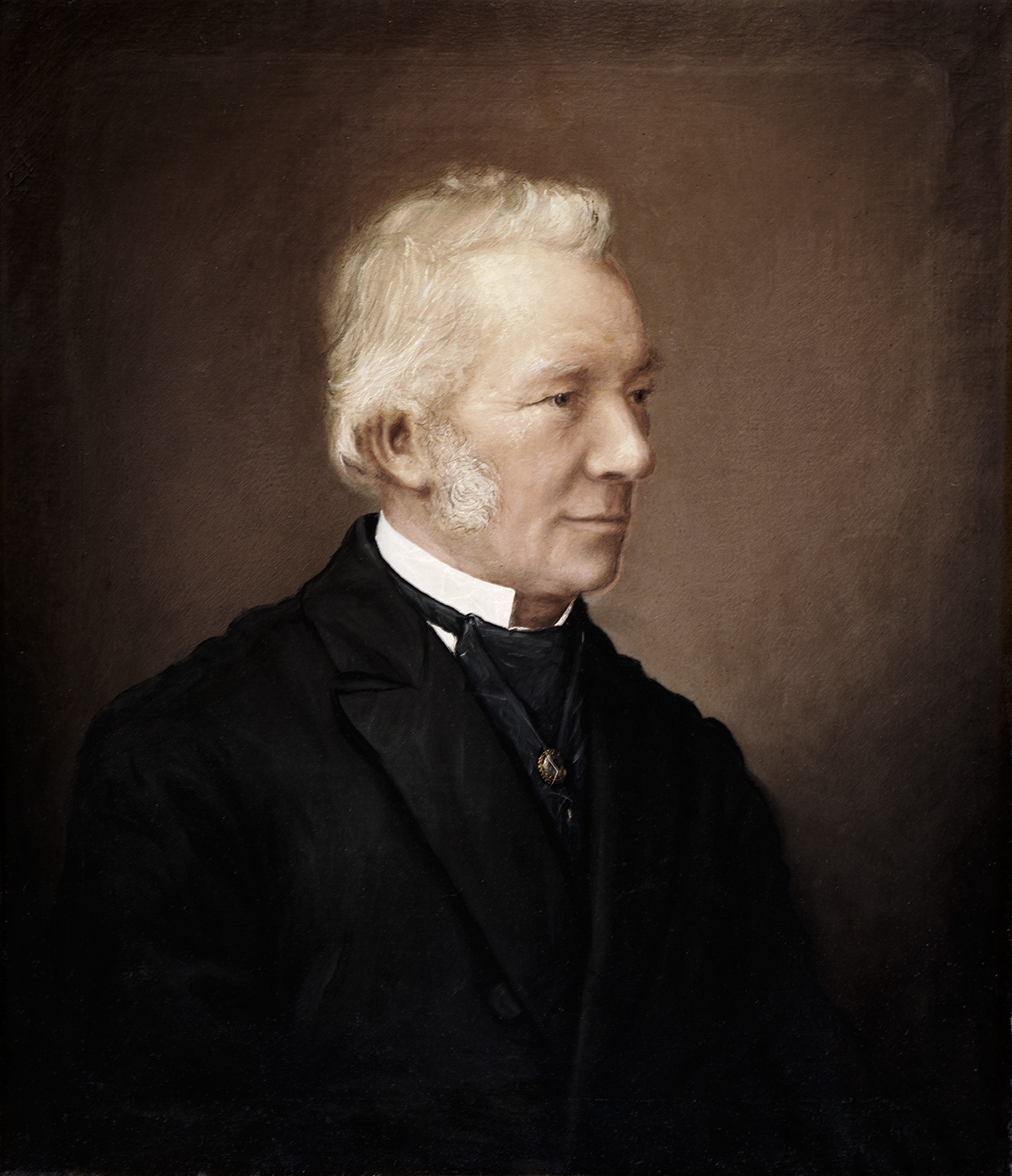
There’s something about a birthday that ends with a “0” that prompts reflection. These milestones feel like big accomplishments, moments to look at how far we’ve come while we take a pause before embarking on the next chapter.